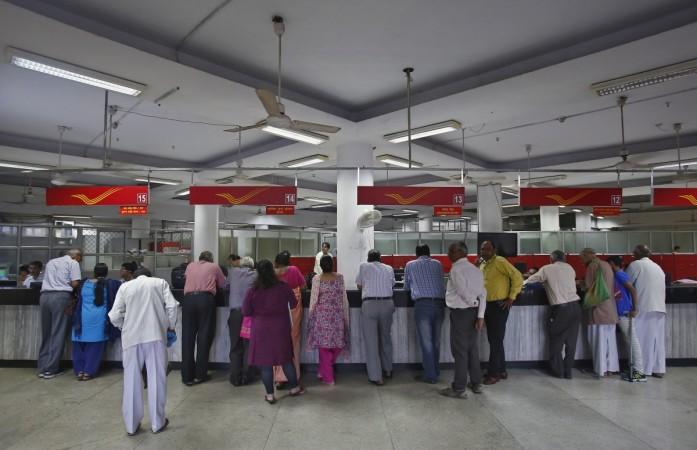
The Narendra Modi government has apparently decided to play safe and not risk a politically sensitive decision by reducing interest rates on small savings.
On Monday, the government left the rates unchanged for the July to September 2016 quarter from what they were for the previous quarter. This marks a stark contrast to March quarter when the government slashed the rates on all small savings schemes, such as public provident fund, Kisan Vikas Patra and time deposits of various maturities.
A few days ago, an analyst had said that the government may not take the risk of reducing the interest rates in the wake of upcoming elections to various state assemblies early next year.
"Given the furore over the rate cut in March, the government may not want to alienate the middle class before the assembly elections in 2017," the Economic Times had quoted a mutual fund manager as saying.
In March, the government had reduced the interest rates, resulting in people voicing their opposition to the move. Finance Minister Arun Jaitley then defended it, saying high interest rates adversely impact the economy.
"Interest rates had risen a lot, so the cost of borrowing for the government and others was high, but now they have come down. The way the economy is moving, we cannot have a situation where lending rates are going down but deposit rates remain high," Jaitley said in March, according to a report in the Hindu.
The next revision is due in September and the rates announced will be effective for the October to December 2016 quarter.















